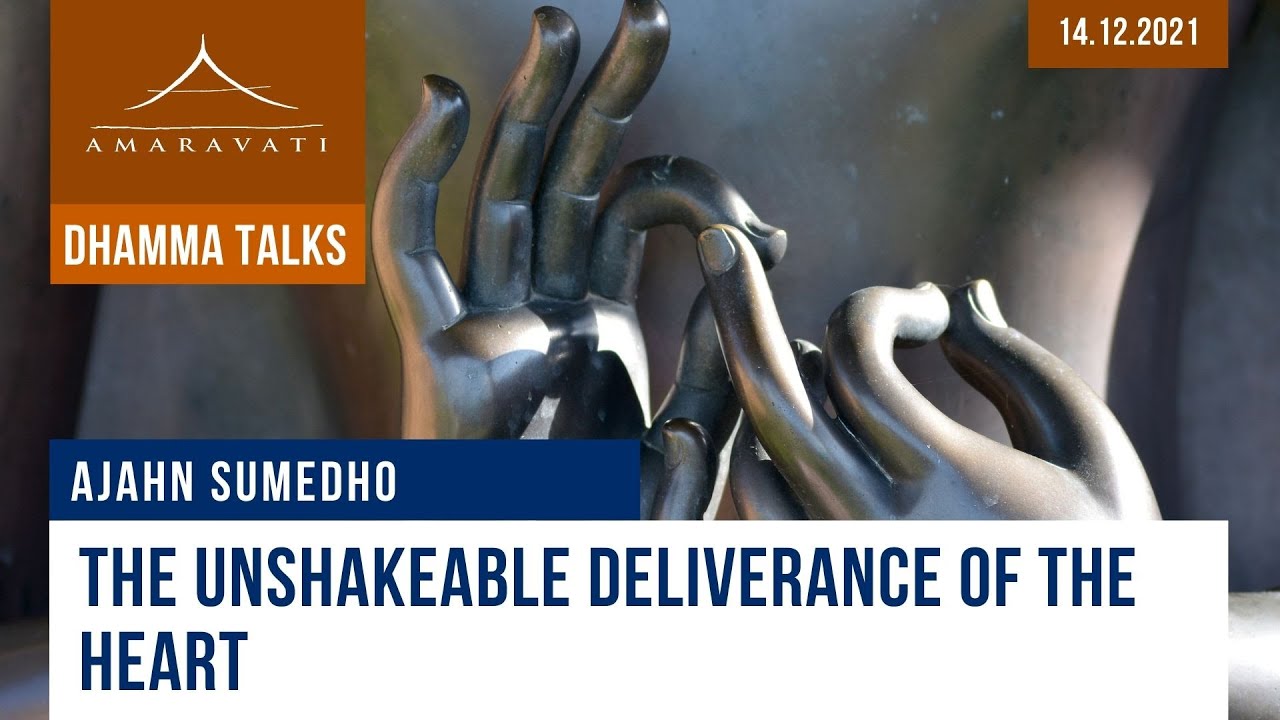I think if what advaitin means by pure consciousness is arahant’s consciousness then advaitin can be called Buddhist too because that’s what Buddha said regarding arahant’s consciousness
Mn7
“Bhikkhus, suppose a cloth were defiled and stained, and a dyer dipped it in some dye or other, whether blue or yellow or red or carmine; it would look poorly dyed and impure in colour. Why is that? Because of the impurity of the cloth. So too, when the mind is defiled, an unhappy destination may be expected. Bhikkhus, suppose a cloth were pure and bright, and a dyer dipped it in some dye or other, whether blue or yellow or red or carmine; it would look well dyed and pure in colour. Why is that? Because of the purity of the cloth. So too, when the mind is undefiled, a happy destination may be expected.
Notice the word “pure” and “bright” there
And I think the mind are both defiled and undefiled since beginingless time like how quantum mechanics govern particles, mind too have 2 states at once
I don’t see this view conflicts with Buddhism, the advaitin would ask "if consciousness is impermanent then who witness that disappearing consciousness ?
There’s support for advaita’s consciousness in sutta for example
Dn11
“Where do water and earth,
fire and air find no footing;
where do long and short,
fine and coarse, beautiful and ugly;
where do name and form
cease with nothing left over?”
And the answer to that is:
“Consciousness that’s invisible,
infinite, entirely given up:
that’s where water and earth,
fire and air find no footing.
Sn1.23
Those in whom greed, hate, and ignorance
have faded away;
the perfected ones with defilements ended—
they have untangled the tangle.
And where name and form
cease with nothing left over;
as well as impingement and perception of form:
it’s there that the tangle is cut.”
Ud1.10
In the place where the water, earth, fire, and wind find no footing,
There the stars do not shine, nor does the sun give light,
There the moon does not glow, there darkness is not found.
And when the sage, the brāhmaṇa, has experienced nibbāna through his own sagacity,
Then from both form and formless, happiness and suffering, he is free.”
Note that there’s no sun or moon which should mean no light at all which is darkness but Buddha said that not even darkness is there so it must be radiant by itself, it has its own light, it’s self illuminated or it’s light itself
Now compare it to this Geetha verse
The sun does not illumine there, nor the moon nor the fire. That is My supreme abode. Having reached there, people do not come back to the temporal world.
- Chapter 15 Yoga of the Supreme Spirit Purushottama Yoga Verse 06 495
Or this
Mundaka upanishad 2.2.10
The sun shines not there, nor the moon and the stars. Nor do these lightnings shine. How could this fire? All shine after him who shines. All this is illumined by his radiance.
Or this
katha upanishad 2.2.15
The sun does not shine there; nor do the moon and the stars, nor do these lightnings shine. How could this fire? Him shining, all shine after. All this shines by his light.

